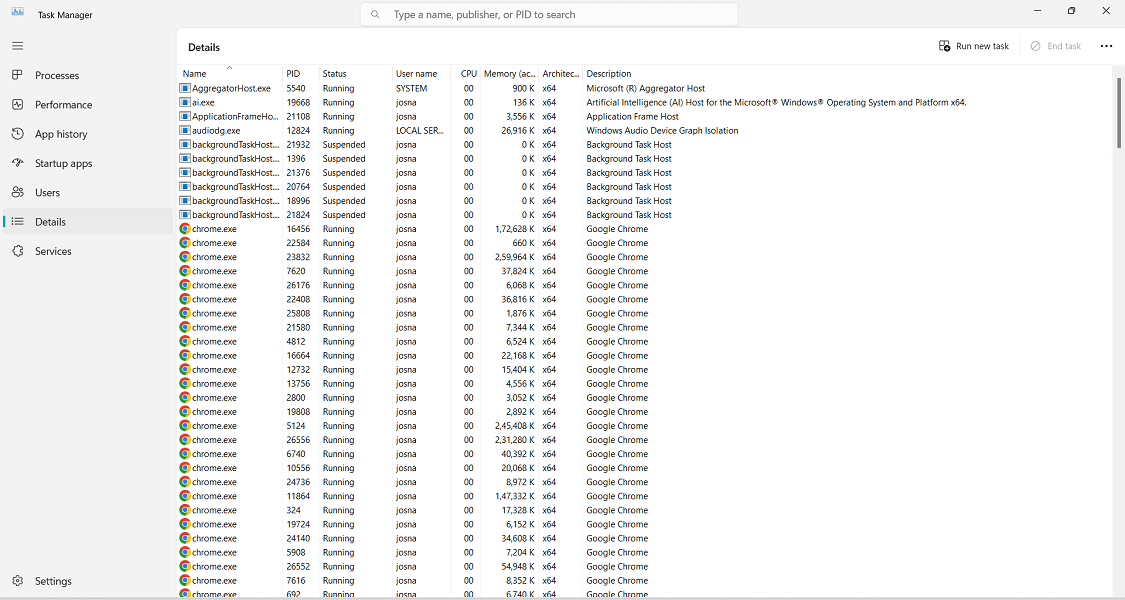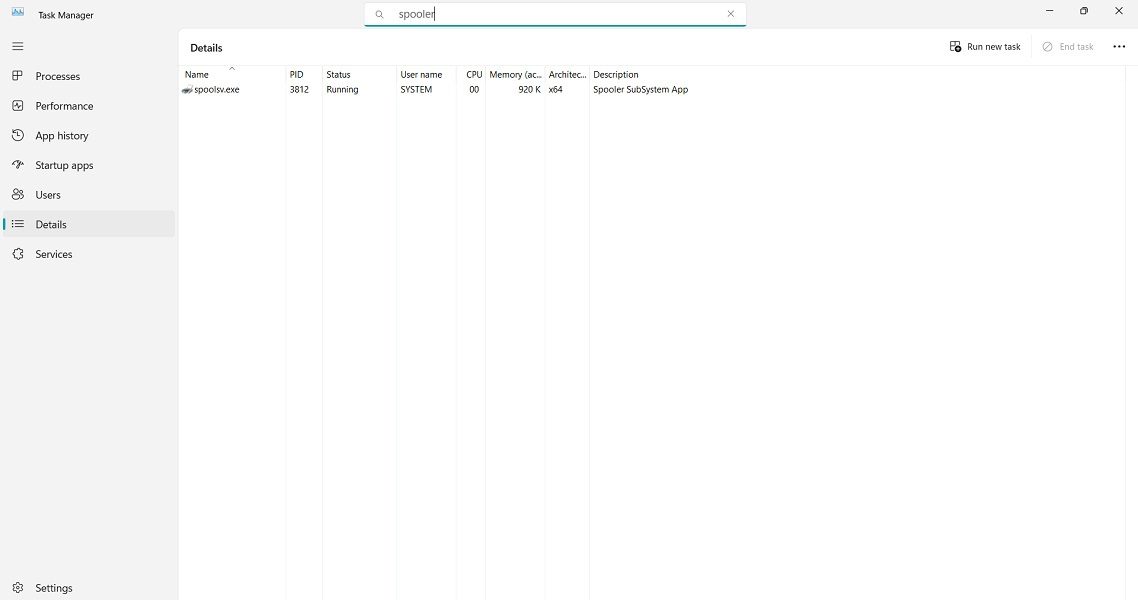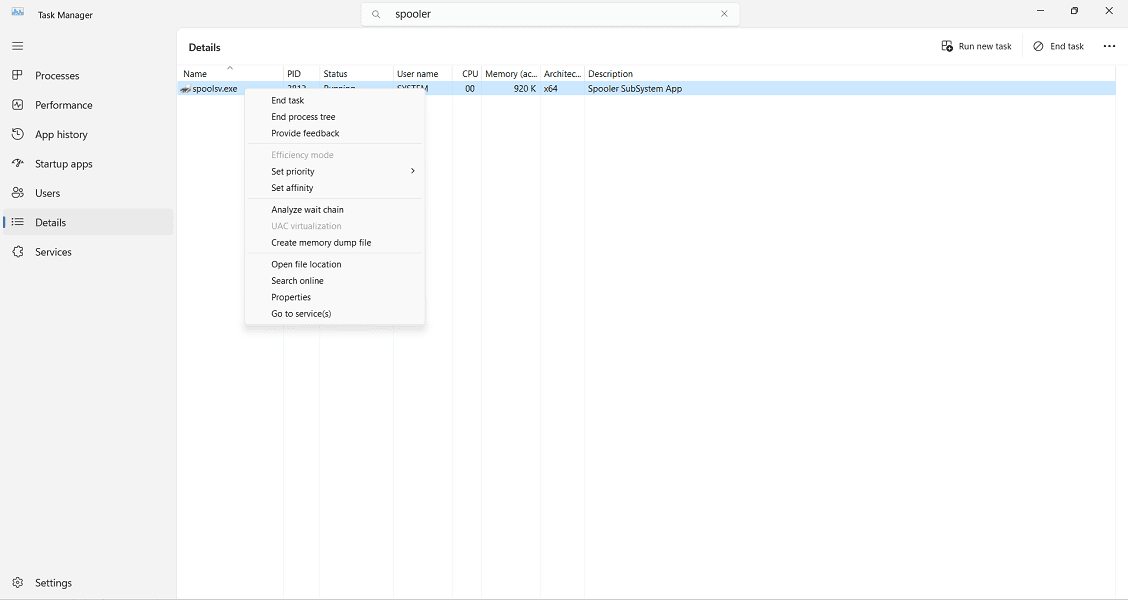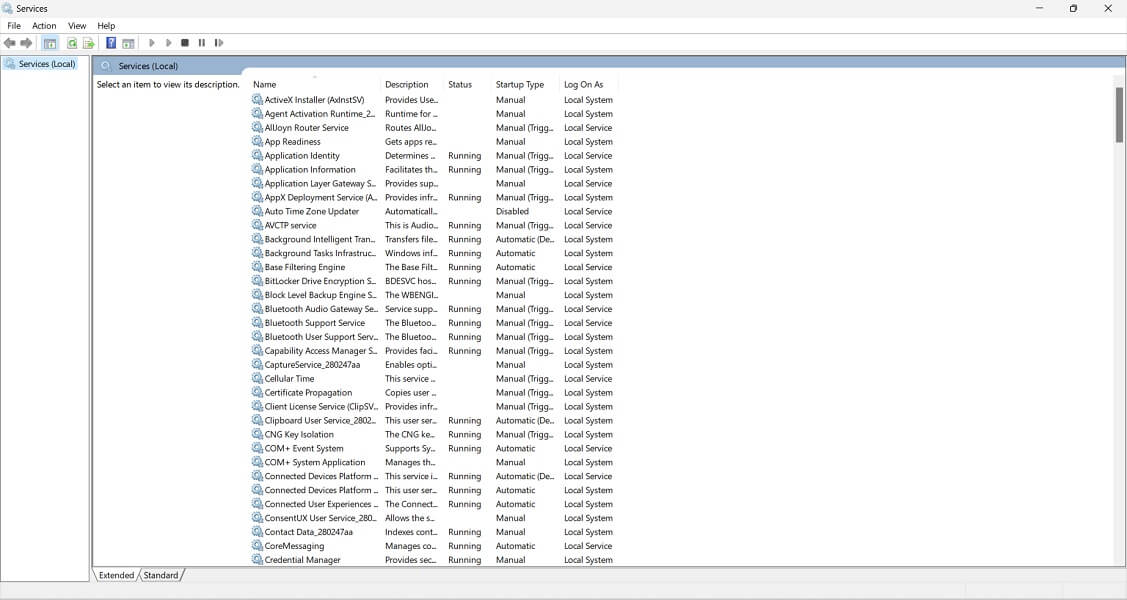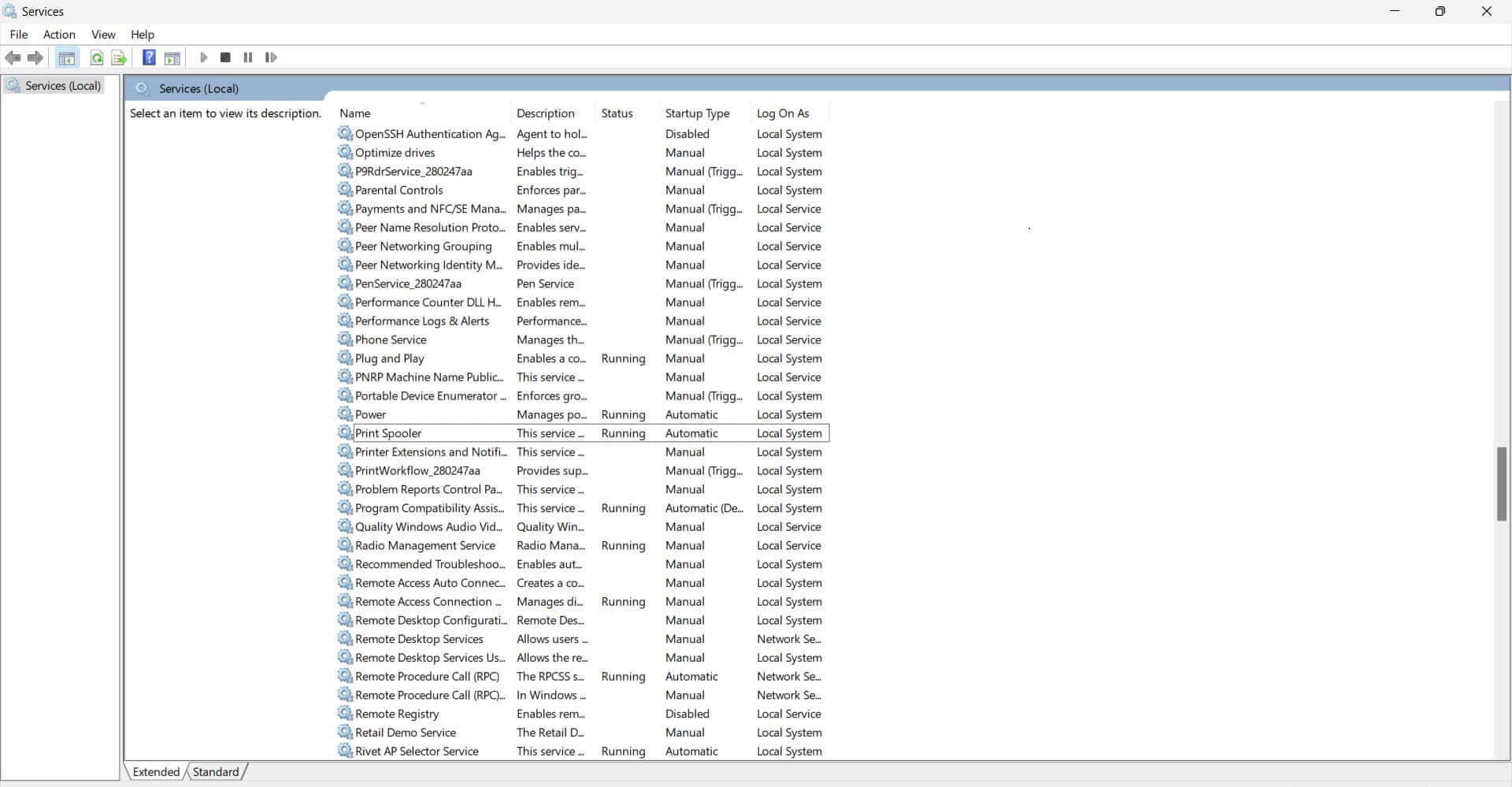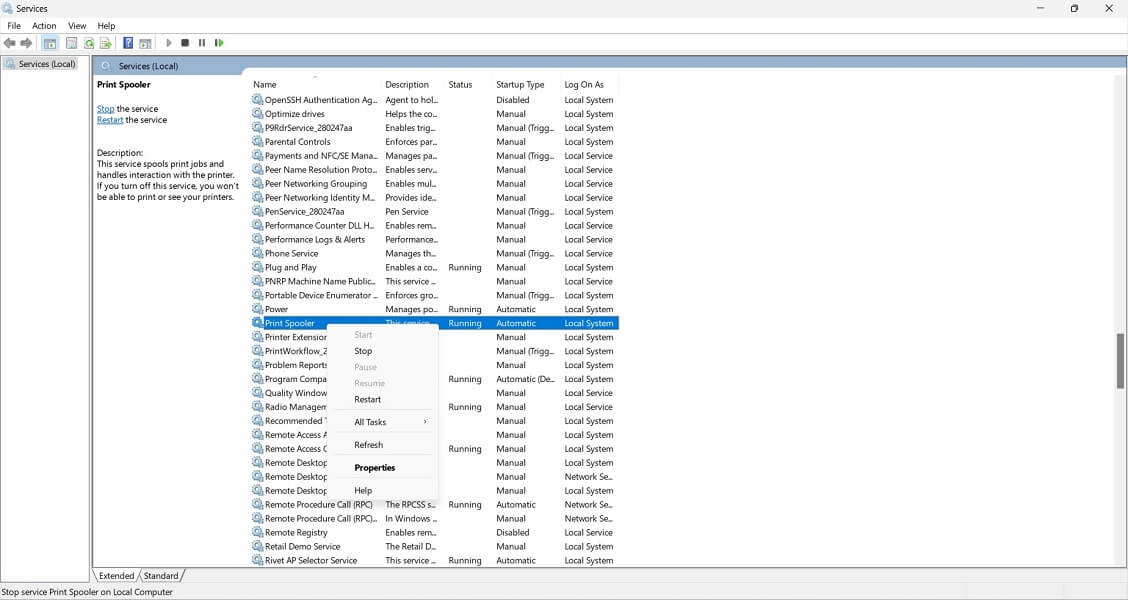Printing is an essential task in personal and professional settings, but like any technology, it can come with quirks and issues.
One term you might encounter when dealing with printers is “spooling”
What exactly does a spooling printer mean, and why is it crucial for the smooth operation of your printer? More importantly, what can you do if the spooling function goes awry?
In this comprehensive guide, we will explore what “spooling” in a printer means, its importance, and some common troubleshooting steps to take if you experience issues with printer spooling.
Outline
Toggle- What is Spooling in a Printer?
- Common Scenarios Where Spooling Issues May Arise
- Spooling Printer Errors and What They Typically Mean
- Troubleshooting and Fixes for Spooling Printer
- How To Reset or Stop Spooling Printer?
- How to Fix Spooler Printing Errors on Android?
- When to Seek Professional Help For Spooling Printer
- Preventative Measures to Avoid Spooler Issues
- Spooling Printer – FAQs
- Conclusion
What is Spooling in a Printer?
Spooling in a printer refers to temporarily storing print jobs on a computer or a dedicated server before they are sent to the printer for execution.
The term “spool” is actually an acronym for “Simultaneous Peripheral Operations On-Line.” When you click the ‘Print’ button on your computer, the spooling system activates and manages the print job data, placing it in a queue until the printer is ready to print it.
The Significance of Spooling in the Printing Process
The spooling mechanism is critical in the printing process, acting as a buffer that manages the data transfer between the computer and the printer.
Spooling is particularly useful in settings where multiple users share a single printer, or the computer performs various tasks simultaneously. Without spooling, each print job would have to be completed before the next one could be started, causing delays and affecting productivity.
Common Scenarios Where Spooling Issues May Arise
By understanding these common spooling issues and scenarios, you will be better equipped to troubleshoot problems as they arise, ensuring a smoother and more efficient printing experience.
1. High-Volume Printing
In environments where multiple large files are sent to a single printer, the spooling system can become overwhelmed, leading to errors or slow performance.
2. Network Issues
In a networked setting with multiple users, connectivity problems can cause spooling errors. If the network is unstable, print jobs might not reach the queue or be interrupted during transmission.
3. Outdated or Incompatible Drivers
Using outdated or incompatible printer drivers can result in spooling errors. Always make sure your drivers are up-to-date.
4. Low System Resources
On older computers or systems with limited RAM or disk space, spooling services may struggle to function efficiently, resulting in errors.
5. Simultaneous Operations
If you are printing while running resource-intensive applications, the spooler might encounter issues due to the high demand for system resources.
6. Firmware or Software Conflicts
Sometimes, other software running on your computer may conflict with the print spooler service, causing it to malfunction.
Spooling Printer Errors and What They Typically Mean
1. Spooler Service Not Running: This error message indicates that the spooler software manages the print queue and is inactive. It can prevent any print jobs from being processed.
2. Error Printing or Print Job Could Not be Completed: Such messages often indicate a communication problem between the computer and the printer.
3. Out of Memory Errors: This occurs when the spooling service cannot handle the print job, usually due to insufficient system resources.
4. Stuck or Frozen Print Jobs: Sometimes, a print job might get stuck in the queue and will not be removed or printed, causing a backlog of other print jobs.
5. Duplicate Jobs: Occasionally, the spooling service might duplicate a print job erroneously, resulting in multiple unwanted copies.
6. Corrupted Print Spooler: If the spooler software becomes corrupted, you may encounter various error messages, and the spooling service may fail to start altogether.
Troubleshooting and Fixes for Spooling Printer
Printing problems can be frustrating, especially when you’re under a deadline or need to print important documents. Fortunately, there are various troubleshooting steps you can take to resolve spooling issues and get your printer back in action.
1. Basic Fixes
a. Restarting the Spooler Service: One of the simplest solutions is to restart the print spooler service. This often clears minor glitches and can be done through the services menu on Windows or by restarting the CUPS service on Linux.
b. Clearing the Print Queue: Sometimes, a stuck print job can disrupt the entire printing process. Clearing the print queue manually can resolve this. On Windows, this can be done via the ‘Devices and Printers’ control panel.
2. Advanced Solutions
a. Reinstalling Drivers: Outdated or corrupt drivers could be the root cause of spooling issues. Uninstalling the current drivers and installing the latest version from the manufacturer’s website can often resolve the issue.
b. Checking for Conflicts: Other software or security settings can interfere with the spooler service. Make sure to check for any software conflicts and resolve them. You can do this by disabling startup programs one by one and checking the spooling service each time.
c. System File Checker: On Windows systems, you can use the built-in System File Checker tool to scan for and attempt to repair corrupted system files, which might include the print spooler service.
How To Reset or Stop Spooling Printer?
Below, we provide different techniques to restart the Print Spooler, helping you get back to seamless printing.
1. Using Command Prompt
Step 1: Open the Run dialog box by pressing the Windows + R keys together. Enter ‘cmd’ and then press Ctrl + Shift + Enter to run the Command Prompt with administrative privileges.
Step 2: If a User Account Control (UAC) dialog appears, click OK to proceed.
Step 3: In the Command Prompt window, type ‘net stop spooler’ and press Enter to halt the Print Spooler service.
Step 4: To clear out any problematic print jobs, navigate to C:\Windows\System32\Spool\Printers and delete all files within the Printers folder.
Step 5: Return to the Command Prompt window, input ‘net start spooler’ and press Enter to restart the Print Spooler service.
Once you have completed these steps, your pending print jobs should proceed without issues.
2. Using Task Manager
Step 1: Right-click on the Start button and select Task Manager from the menu or you click Ctrl+ Alt+ Del on your keyboard together. This will open a screen from where you have to select Task Manager.
Step 2: Navigate to the Services tab within Task Manager. You will see all the currently running services listed. If you are using Windows 10, you have to click on “More Details” on the Task Manager located at the bottom left corner.
Step 3: Find the Spooler service in the list, right-click on it, and opt for the Stop option.
Step 4: Now clear out any pending print jobs. For this, open File Explorer and in the address bar, input “C:\windows\system32\spool\PRINTERS” and hit the Enter key. If a permission pop-up appears, click on “Continue.” Inside the PRINTERS folder, delete all files but make sure not to remove the folder itself.
Step 5: Once that is done, return to the already open Task Manager window from the previous step. Locate the Spooler service, right-click on it and select “Start” from the dropdown menu to resume the Print Spooler service.
3. Using Administrative Tools
Step 1: To manage or cancel a print job, you can pause the printing process first by clicking on the “Pause” button that appears in the print dialog box.
Step 2: Next, access the Control Panel by pressing the Windows key and typing “Control Panel,” followed by the Enter key. In the Control Panel, locate and double-click on “Administrative Tools,” but proceed cautiously, as making incorrect changes here can affect your system adversely.
Step 3: Inside Administrative Tools, find and double-click on the “Services” option to see a list of all running services on your computer.
Step 4: Search for “Print Spooler” in the list, right-click on it, and choose “Stop” from the dropdown menu. This action will halt the Print Spooler and the current print queue. Keep the Services window open for a later step.
Step 5: To remove pending print jobs, open File Explorer and navigate to “C:\windows\system32\spool\PRINTERS.” If prompted for permission, click “Continue.” Delete all the files inside the PRINTERS folder, but be careful not to delete the folder itself.
Step 6: Finally, return to the Services window that you left open, right-click on “Print Spooler” again, and choose “Start” from the dropdown menu. This restarts the Print Spooler service and allows new print jobs to be processed.
How to Fix Spooler Printing Errors on Android?
Fixing print spooler issues on an Android device involves a few simple steps that can usually be completed in a short amount of time. On Android, the print spooler helps manage your printing tasks just as it does on a computer. Here’s how you can address spooler errors:
- Navigate to your Android device’s settings.
- Locate and tap on the “Apps” button.
- Look for an option that says “Show System Apps” and tap on it.
- Scroll through the list until you find “Print Spooler.” On some devices, you might need to tap on “Storage” to access the Print Spooler settings.
- Tap on “Clear Cache” and then on “Clear Data.”
- Now, open the document you wish to print.
- Access the menu and tap on the “Print” option.
- On the print preview screen, select the printer you wish to use.
By following these steps, you should be able to resolve most print spooler issues on an Android device.
When to Seek Professional Help For Spooling Printer
1. Persistent Issues: If you’ve tried all the above solutions and the problem persists, it’s time to seek professional assistance. Continuing to tinker with system settings could exacerbate the issue.
2. Hardware Malfunctions: If the spooling errors are accompanied by unusual sounds, smoke, or the printer not responding at all, these could be signs of a hardware issue requiring professional repair.
3. Network Challenges: In a business setting, where printers are often networked and shared among multiple users, troubleshooting can become complex. Professional IT support can diagnose and resolve issues more efficiently.
4. Data Integrity and Security: If you suspect that the spooling issues are related to a virus or malware, it’s advisable to consult a professional to ensure that your data and network are secure.
Preventative Measures to Avoid Spooler Issues
If you want the spooling in printer is not happen regularly, then it is important to take care of certain preventive measures. We have mentioned some of them below for your reference.
1. Regular Updates
One of the most effective preventative measures to avoid spooler issues is keeping your device and printer drivers up-to-date. Software updates often contain bug fixes and performance improvements that can solve spooler-related problems before they occur. Check for updates regularly and install them as they become available.
2. Optimal Settings for Spooling
Ensure that you have set up your print spooler with optimal settings for your needs. For instance, you can adjust settings like print quality and paper size, which can impact how the spooler manages jobs. Configuring your spooler settings can also allow you to prioritize urgent print jobs or hold non-urgent ones, helping to avoid clogs or slowdowns.
3. Maintenance Tips
Regular maintenance can go a long way in preventing spooler issues. Perform routine checks on your printer, such as cleaning the print heads and ensuring that paper is loaded correctly. Also, consider clearing the print queue regularly to prevent backlog and potential spooler problems. Restart the spooler service periodically to refresh its operations, and check for software conflicts that may interfere with spooler functions.
By taking these preventative measures, you can significantly reduce the risk of encountering spooler-related issues, ensuring smoother, more efficient printing operations.
Spooling Printer – FAQs
Ans: No, spooling is relevant for both networked and standalone printers, although it is particularly beneficial in multi-user, networked environments.
Ans: Yes, one of the benefits of spooling is the ability to manage and prioritize multiple print jobs in the queue.
Ans: If the spooler service stops, the print jobs in the queue will be halted until the service is restarted.
Ans: While spooling generally improves printer efficiency, there are instances where it might lead to sluggish performance. Slow spooling can hamper the overall pace of your printing tasks, especially in a high-demand office setting where time is of the essence.
Ans: The time required for printer spooling can range from mere seconds to several hours, depending on various external factors that may be beyond your control.
Conclusion
In this article, we have covered what spooling in a printer is, how the spooling process works, and common issues you might encounter. Most importantly, we’ve outlined how to troubleshoot and fix these problems on different platforms, including Windows and Android.
We have also shared some preventative measures you can take to minimize the risk of spooler issues, such as keeping your system updated, optimizing spooler settings, and regular maintenance.
With this comprehensive guide, you are now equipped to manage your print jobs more effectively and tackle spooler problems head-on, ensuring a smoother, more efficient printing experience.

